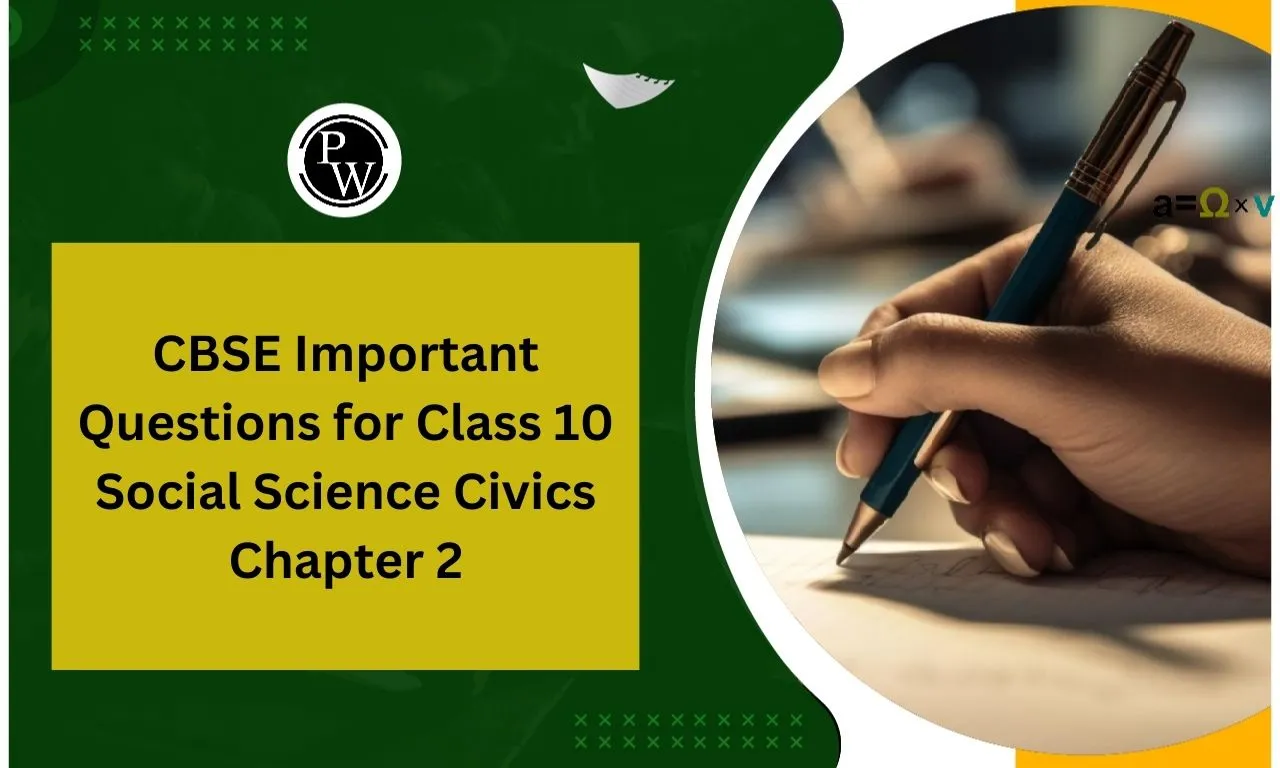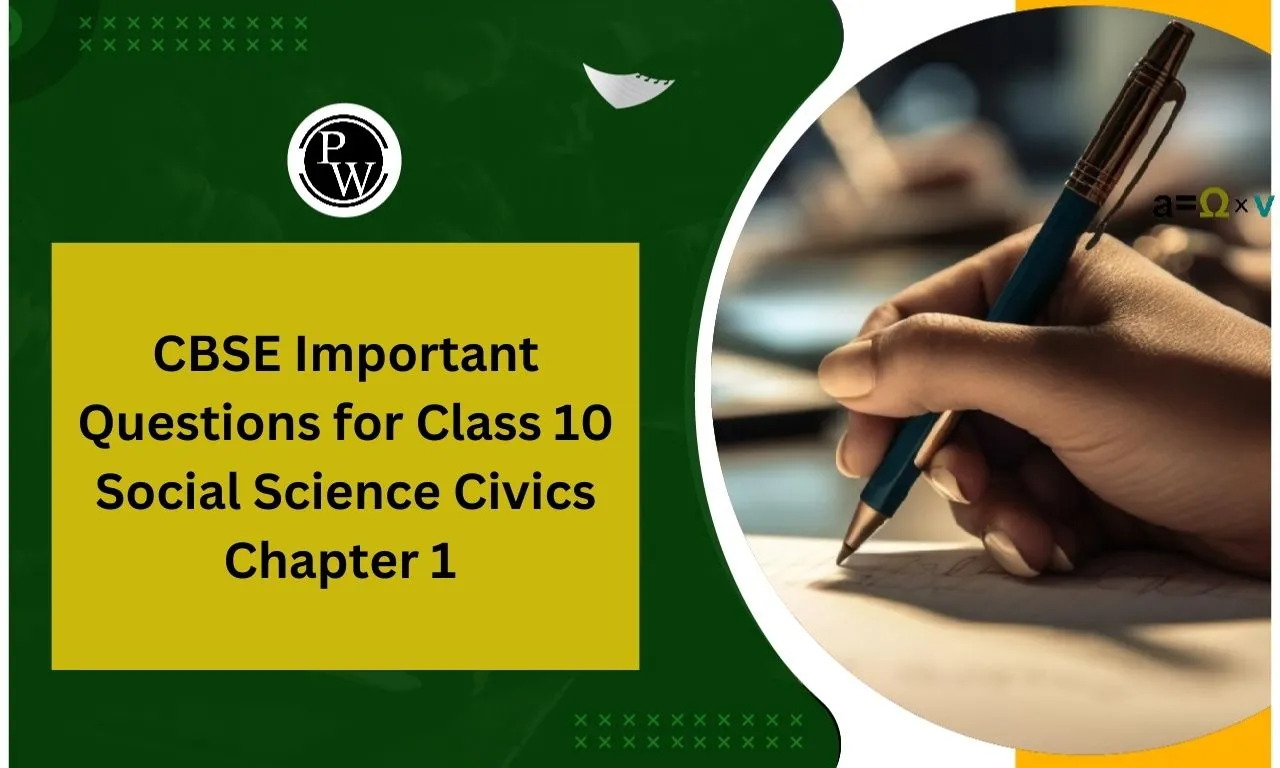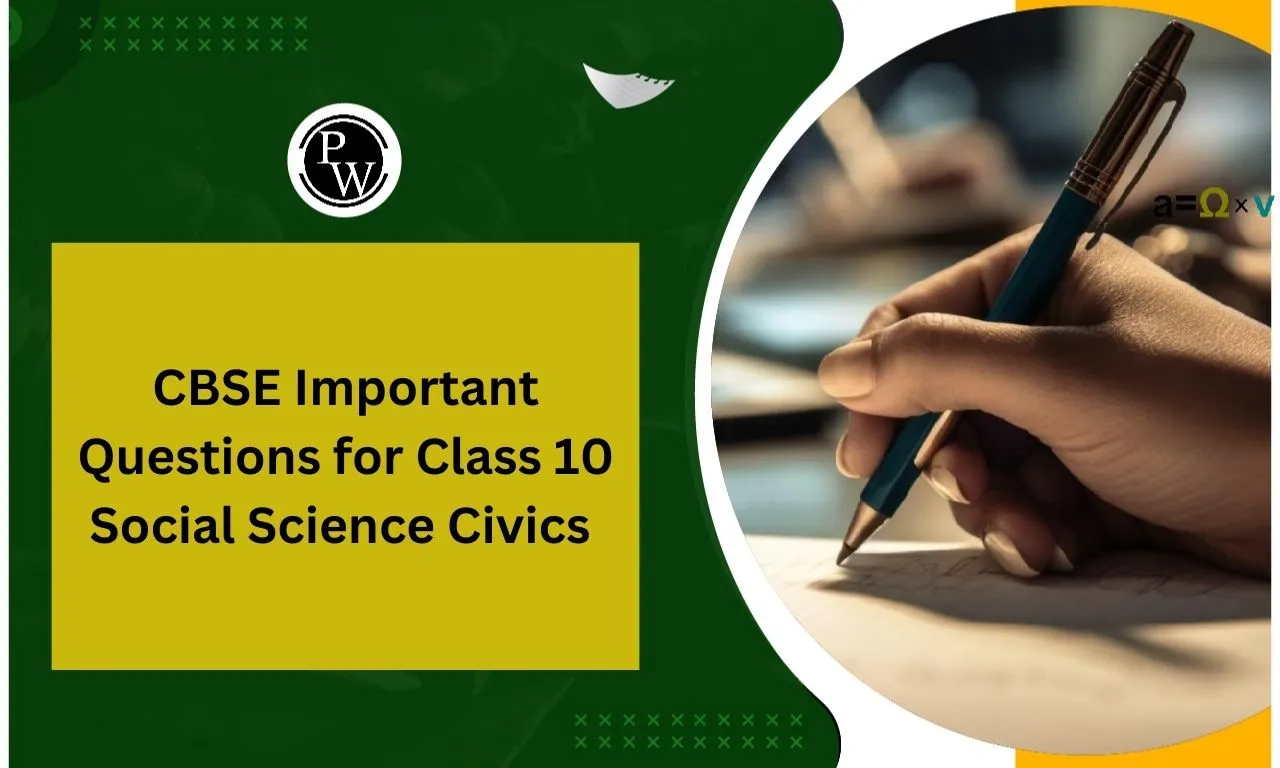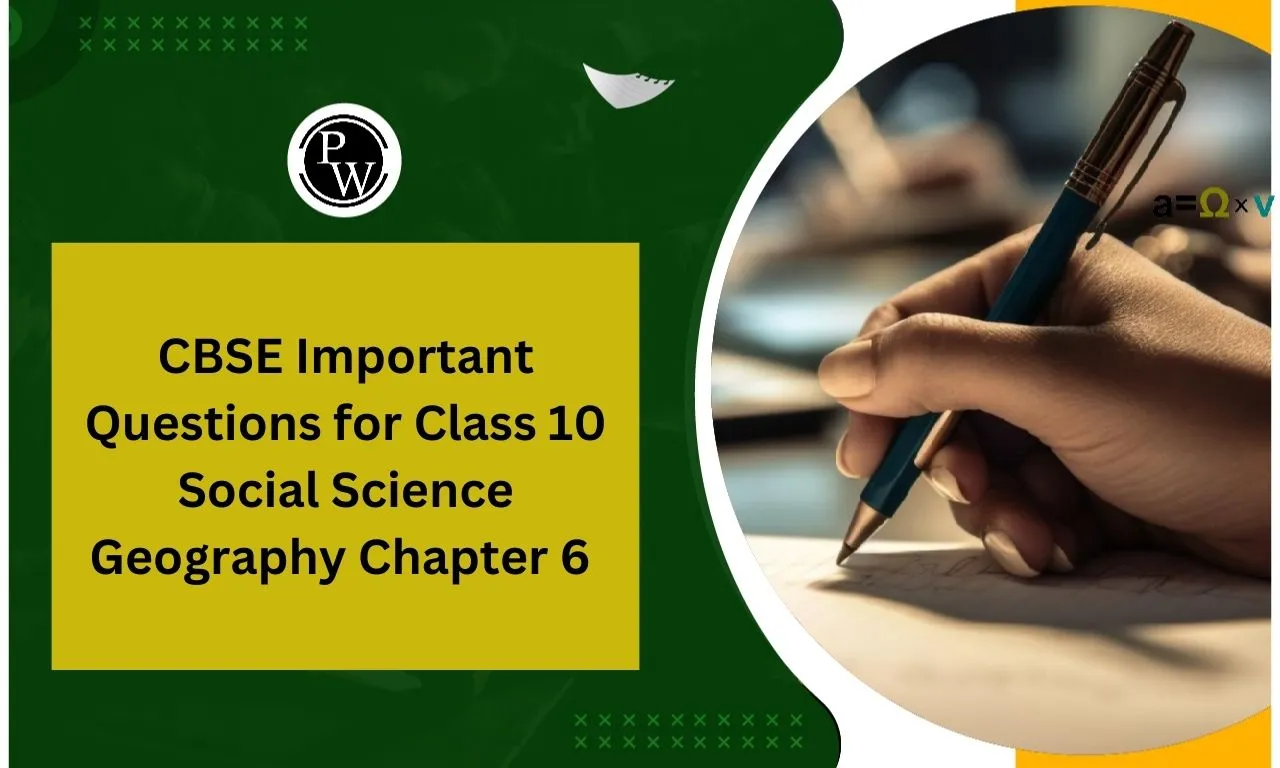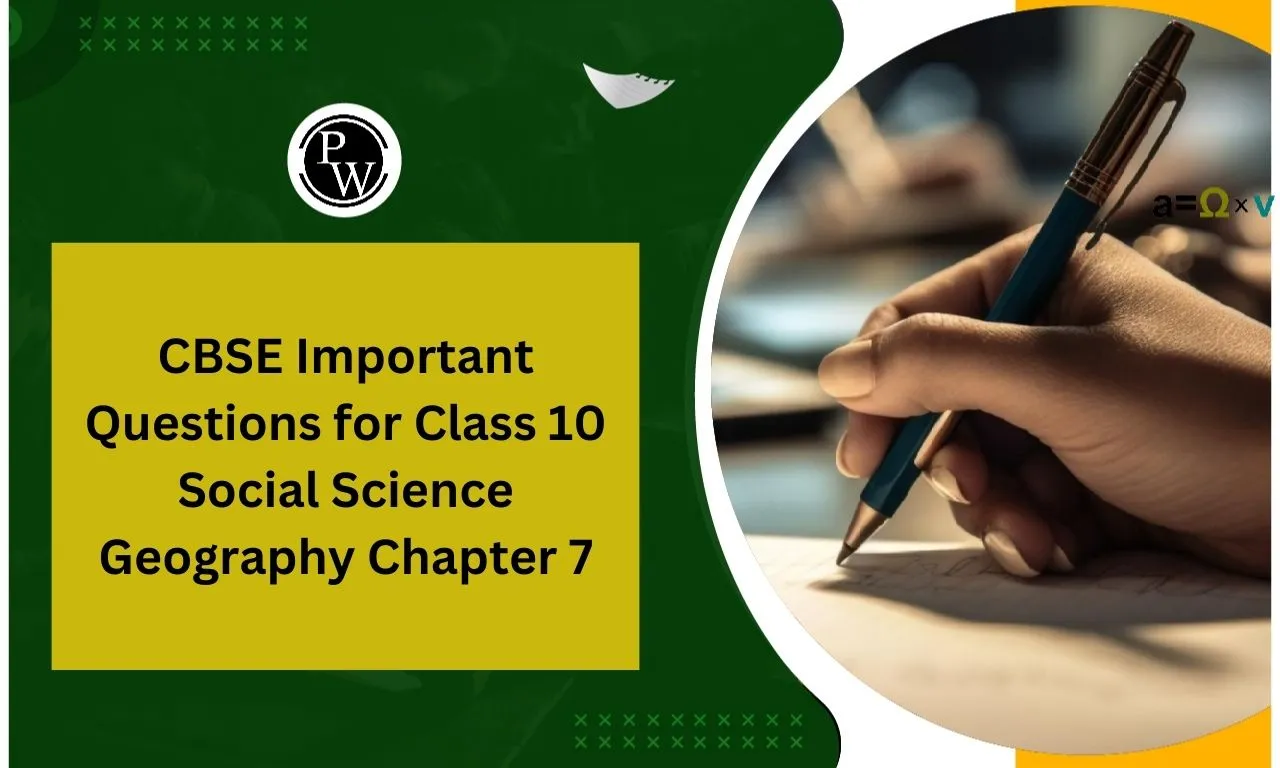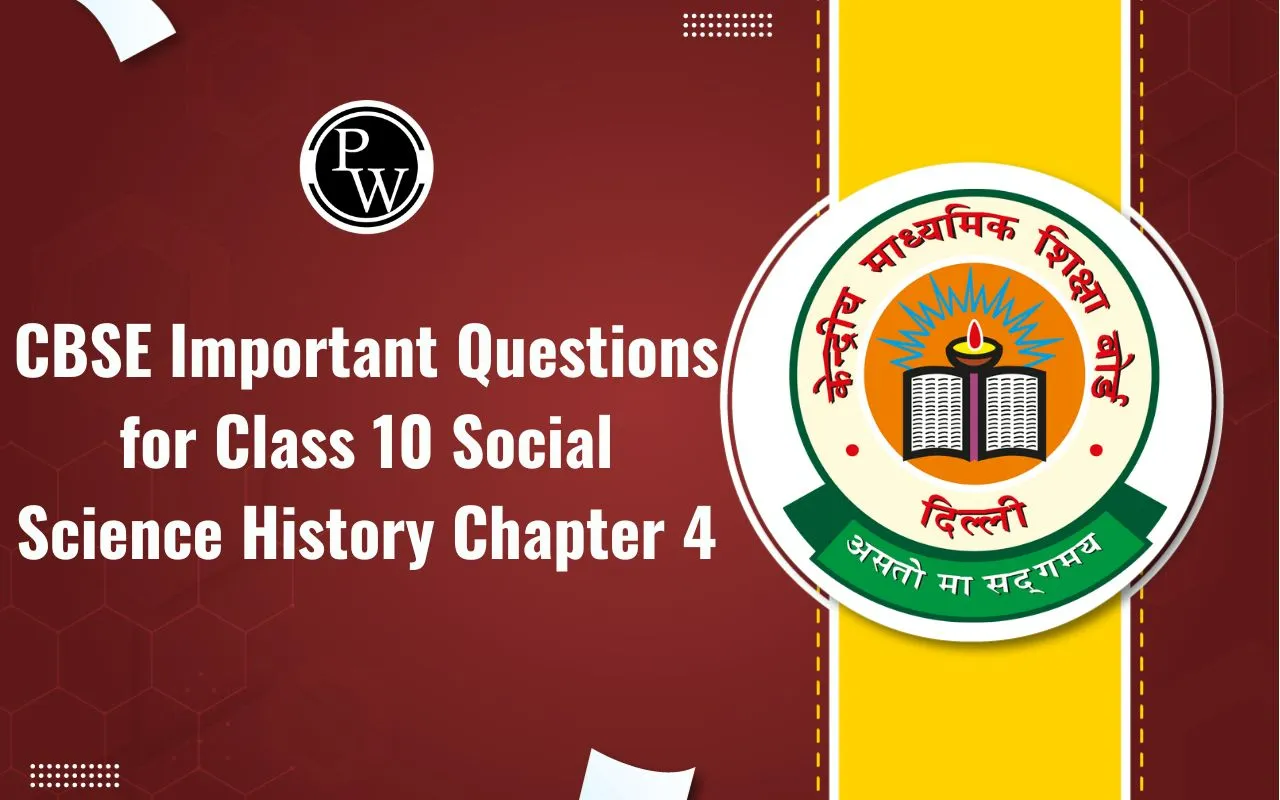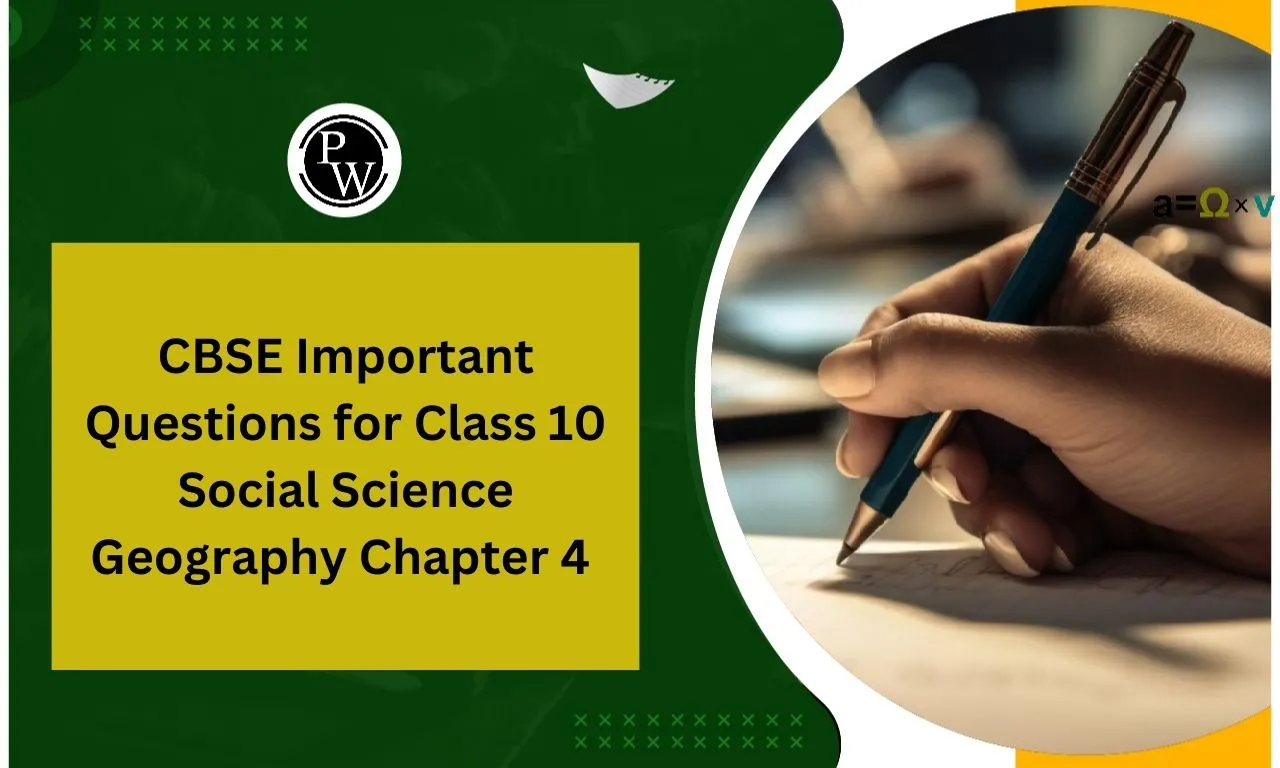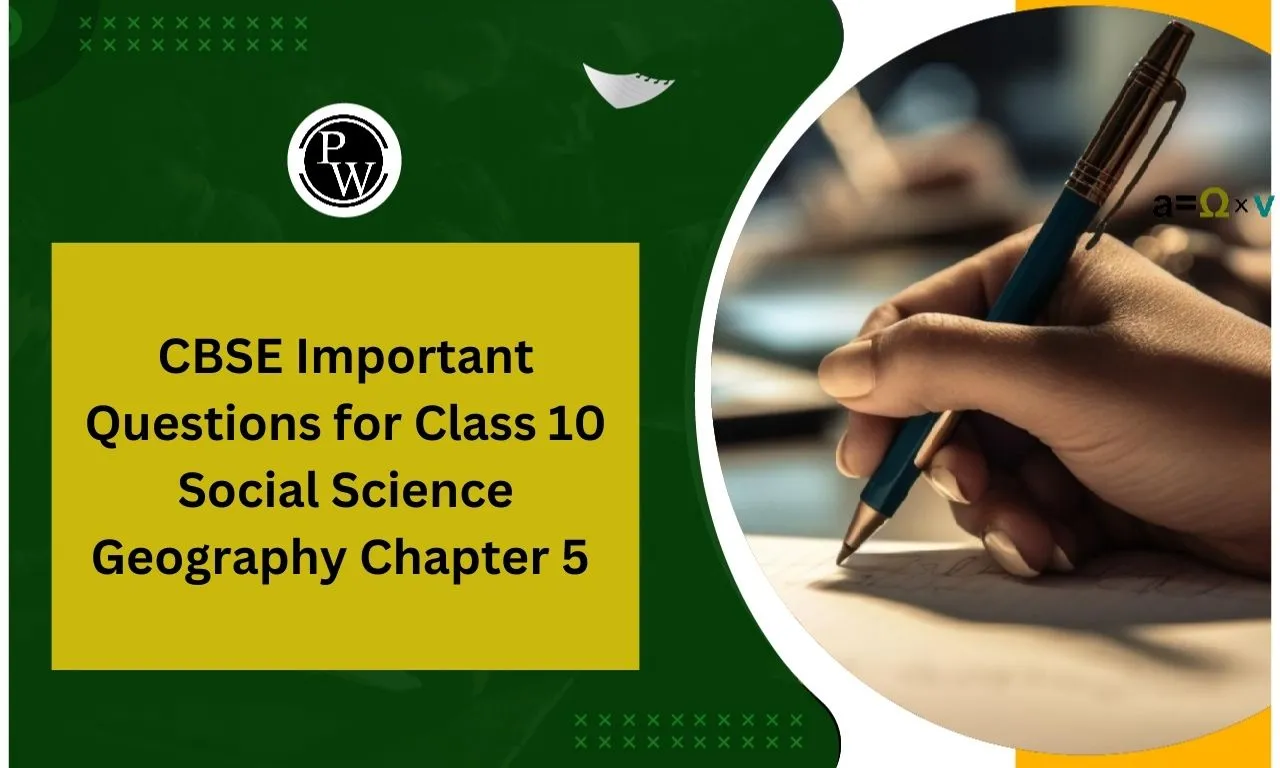
NCERT Solutions for Class 10 Maths Chapter 3 Exercise 3.4: NCERT Solutions are invaluable resources for students preparing for board examinations. Exercise 3.4 of Class 10 Maths Chapter 3 focuses on solving pairs of linear equations using the substitution method an essential topic for exams.
The solutions provide step-by-step explanations for every problem, ensuring students gain a clear understanding of the method. Practicing these exercises thoroughly helps students build confidence and improve accuracy.CBSE Class 10 Previous Year Question Papers PDF with Solutions
NCERT Solutions for Class 10 Maths Chapter 3 Exercise 3.4 Overview
Exercise 3.4 of Chapter 3, Pair of Linear Equations in Two Variables introduces and focuses on solving linear equations using the substitution method. This method involves solving one equation for one variable and substituting this value into the other equation to find the solution set.Important Questions For Class 10 Maths Chapter 3
Introduction to Substitution Method :
- The exercise provides a step-by-step approach to solve equations by substituting the value of one variable into another equation.
- It builds a strong foundation for understanding substitution as a technique.
Types of Problems Included :
- Simple linear equations that can be solved directly.
- Equations requiring manipulation to isolate a variable before substitution.
- Real-life application problems modeled as pairs of linear equations.
Steps for the Substitution Method :
- Step 1: Rearrange one of the equations to express one variable in terms of the other.
- Step 2: Substitute this expression into the second equation to reduce it to a single-variable equation.
- Step 3: Solve for the single variable.
- Step 4: Substitute the value of the found variable back into one of the original equations to find the second variable.
Significance in Exams :
Mastery of the substitution method is crucial for solving questions efficiently in exams, especially when asked to verify solutions or handle application-based problems.NCERT Class 10 Chapter 3 Exercise 3.4 Pair of Linear Equations in Two Variables PDF
Exercise 3.4 of Chapter 3 Pair of Linear Equations in Two Variables teaches how to solve equations using the substitution method. This method is important for understanding and solving linear equations step by step. The solutions are clear and easy to follow helping students prepare well for exams and improve their problem-solving skills. A detailed PDF with accurate solutions is available through the link below to help you learn and practice better.NCERT Class 10 Chapter 3 Pair of Linear Equations in Two Variables Exercise 3.4 PDF
NCERT Class 10 Chapter 3 Pair of Linear Equations in Two Variables Exercise 3.4
Below is the NCERT Class 10 Chapter 3 Pair of Linear Equations in Two Variables Exercise 3.4-1. Solve the following pair of linear equations by the elimination method and the substitution method:
(i) x + y = 5 and 2x – 3y = 4
(ii) 3x + 4y = 10 and 2x – 2y = 2
(iii) 3x – 5y – 4 = 0 and 9x = 2y + 7
(iv) x/2+ 2y/3 = -1 and x-y/3 = 3
Solutions:
(i) x + y = 5 and 2x – 3y = 4
By the method of elimination.
x + y = 5 ……………………………….. (i) 2x – 3y = 4 ……………………………..(ii) When the equation (i) is multiplied by 2, we get 2x + 2y = 10 ……………………………(iii) When equation (ii) is subtracted from (iii), we get 5y = 6 y = 6/5 ………………………………………(iv) Substituting the value of y in eq. (i) we get x=5−6/5 = 19/5∴ x = 19/5 , y = 6/5
By the method of substitution.
From equation (i), we get x = 5 – y………………………………….. (v) When the value is put in equation (ii), we get 2(5 – y) – 3y = 4 -5y = -6 y = 6/5 When the values are substituted in equation (v), we get x =5− 6/5 = 19/5∴ x = 19/5 ,y = 6/5
(ii) 3x + 4y = 10 and 2x – 2y = 2
By the method of elimination.
3x + 4y = 10……………………….(i) 2x – 2y = 2 ………………………. (ii) When the equation (i) and (ii) are multiplied by 2, we get 4x – 4y = 4 ………………………..(iii) When equations (i) and (iii) are added, we get 7x = 14 x = 2 ……………………………….(iv) Substituting equation (iv) in (i), we get 6 + 4y = 10 4y = 4 y = 1Hence, x = 2 and y = 1
By the method of substitution
From equation (ii), we get x = 1 + y……………………………… (v) Substituting equation (v) in equation (i), we get 3(1 + y) + 4y = 10 7y = 7 y = 1 When y = 1 is substituted in equation (v), we get A = 1 + 1 = 2Therefore, A = 2 and B = 1
(iii) 3x – 5y – 4 = 0 and 9x = 2y + 7
By the method of elimination.
3x – 5y – 4 = 0 ………………………………… (i) 9x = 2y + 7 9x – 2y – 7 = 0 …………………………………(ii) When the equation (i) is multiplied by 3, we get, 9x – 15y – 12 = 0 ………………………………(iii) When equation (iii) is subtracted from equation (ii), we get 13y = -5 y = -5/13 ………………………………………….(iv) When equation (iv) is substituted in equation (i), we get 3x +25/13 −4=0 3x = 27/13 x =9/13∴ x = 9/13 and y = -5/13
By the method of substitution.
From equation (i), we get x = (5y+4)/3 …………………………………………… (v) Putting the value (v) in equation (ii), we get 9(5y+4)/3 −2y −7=0 13y = -5 y = -5/13 Substituting this value in equation (v), we get x = (5(-5/13)+4)/3 x = 9/13∴ x = 9/13 , y = -5/13
| CBSE Class 10 English Sample Paper 2024-25 | CBSE Class 10 Maths Sample Paper 2024-25 |
| CBSE Class 10 Social Science Sample Paper 2024-25 | CBSE Class 10 Science Sample Paper 2024-25 |
(iv) x/2 + 2y/3 = -1 and x-y/3 = 3
By the method of elimination.
3x + 4y = -6 …………………………. (i) x-y/3 = 3 3x – y = 9 ……………………………. (ii) When equation (ii) is subtracted from equation (i), we get 5y = -15 y = -3 ………………………………….(iii) When equation (iii) is substituted in (i), we get 3x – 12 = -6 3x = 6 x = 2Hence, x = 2 , y = -3
By the method of substitution.
From equation (ii), we get x = (y+9)/3…………………………………(v) Putting the value obtained from equation (v) in equation (i), we get 3(y+9)/3 +4y =−6 5y = -15 y = -3 When y = -3 is substituted in equation (v), we get x = (-3+9)/3 = 2Therefore, x = 2 and y = -3
2. Form the pair of linear equations in the following problems, and find their solutions (if they exist) by the elimination method:
(i) If we add 1 to the numerator and subtract 1 from the denominator, a fraction reduces to 1. It becomes if we only add 1 to the denominator. What is the fraction?
Solution:
Let the fraction be a/b According to the given information, (a+1)/(b-1) = 1 => a – b = -2 ………………………………..(i) a/(b+1) = 1/2 => 2a-b = 1…………………………………(ii) When equation (i) is subtracted from equation (ii), we get a = 3 …………………………………………………..(iii) When a = 3 is substituted in equation (i), we get 3 – b = -2 -b = -5 b = 5Hence, the fraction is 3/5.
(ii) Five years ago, Nuri was thrice as old as Sonu. Ten years later, Nuri will be twice as old as Sonu. How old are Nuri and Sonu?
Solution:
Let us assume the present age of Nuri is x. And the present age of Sonu is y. According to the given condition, we can write as x – 5 = 3(y – 5) x – 3y = -10…………………………………..(1) Now, x + 10 = 2(y +10) x – 2y = 10…………………………………….(2) Subtract eq. 1 from 2 to get y = 20 ………………………………………….(3) Substituting the value of y in eq.1, we get x – 3.20 = -10 x – 60 = -10 x = 50 Therefore, Age of Nuri is 50 years Age of Sonu is 20 years(iii) The sum of the digits of a two-digit number is 9. Also, nine times this number is twice the number obtained by reversing the order of the digits. Find the number.
Solution:
Let the unit digit and tens digit of a number be x and y, respectively. Then, number (n) = 10B + A N after reversing the order of the digits = 10A + B According to the given information, A + B = 9…………………….(i) 9(10B + A) = 2(10A + B) 88 B – 11 A = 0 -A + 8B = 0 ………………………………………………………….. (ii) Adding the equations (i) and (ii), we get 9B = 9 B = 1……………………………………………………………………….(3) Substituting this value of B in equation (i), we get A= 8Hence, the number (N) is 10B + A = 10 x 1 +8 = 18
(iv) Meena went to a bank to withdraw Rs.2,000. She asked the cashier to give her Rs.50, and Rs.100 notes only. Meena got 25 notes in all. Find how many notes of Rs.50 and Rs.100 she received.
Solution:
Let the number of Rs.50 notes be A and the number of Rs.100 notes be B. According to the given information, A + B = 25 ……………………………………………………………………….. (i) 50A + 100B = 2000 ………………………………………………………………(ii) When equation (i) is multiplied by (ii), we get 50A + 50B = 1250 …………………………………………………………………..(iii) Subtracting equation (iii) from equation (ii), we get 50B = 750 B = 15 Substituting in equation (i), we get A = 10Hence, Meena has 10 notes of Rs.50 and 15 notes of Rs.100.
(v) A lending library has a fixed charge for the first three days and an additional charge for each day thereafter. Saritha paid Rs.27 for a book kept for seven days, while Susy paid Rs.21 for a book she kept for five days. Find the fixed charge and the charge for each extra day.
Solution:
Let the fixed charge for the first three days be Rs.A and the charge for each day extra be Rs.B. According to the information given, A + 4B = 27 …………………………………….…………………………. (i) A + 2B = 21 ……………………………………………………………….. (ii) When equation (ii) is subtracted from equation (i), we get 2B = 6 B = 3 …………………………………………………………………………(iii) Substituting B = 3 in equation (i), we get A + 12 = 27 A = 15Hence, the fixed charge is Rs.15.
And the charge per day is Rs.3.
Benefits of NCERT Solutions for Class 10 Maths Chapter 3 Exercise 3.4
- In-Depth Understanding of the Substitution Method : The solutions provide a clear and systematic explanation of the substitution method, helping students grasp the concept effectively.
- Step-by-Step Guidance : Each problem is solved in a detailed manner, ensuring that students can follow and understand every step involved in solving linear equations.
- Boosts Problem-Solving Skills : Practicing these solutions helps students develop analytical thinking and logical reasoning, essential for solving mathematical problems.
- Enhances Exam Preparation : By practicing accurate and well-researched solutions, students become confident in tackling similar questions during board exams, ensuring better performance.
- Reduces Errors : The detailed approach minimizes common calculation mistakes, improving precision and accuracy in problem-solving.
- Encourages Self-Study : The stepwise format of the solutions allows students to study independently and build confidence in their mathematical abilities.
NCERT Solutions for Class 10 Maths Chapter 3 Exercise 3.4 FAQs
What is the main focus of Exercise 3.4 in Chapter 3?
Why is the substitution method important?
How does this exercise help in exams?
Are NCERT solutions necessary for this exercise?

